Balance Diet Nutrients: The Ultimate Beginner’s Blueprint to Daily Energy and Positive Momentum
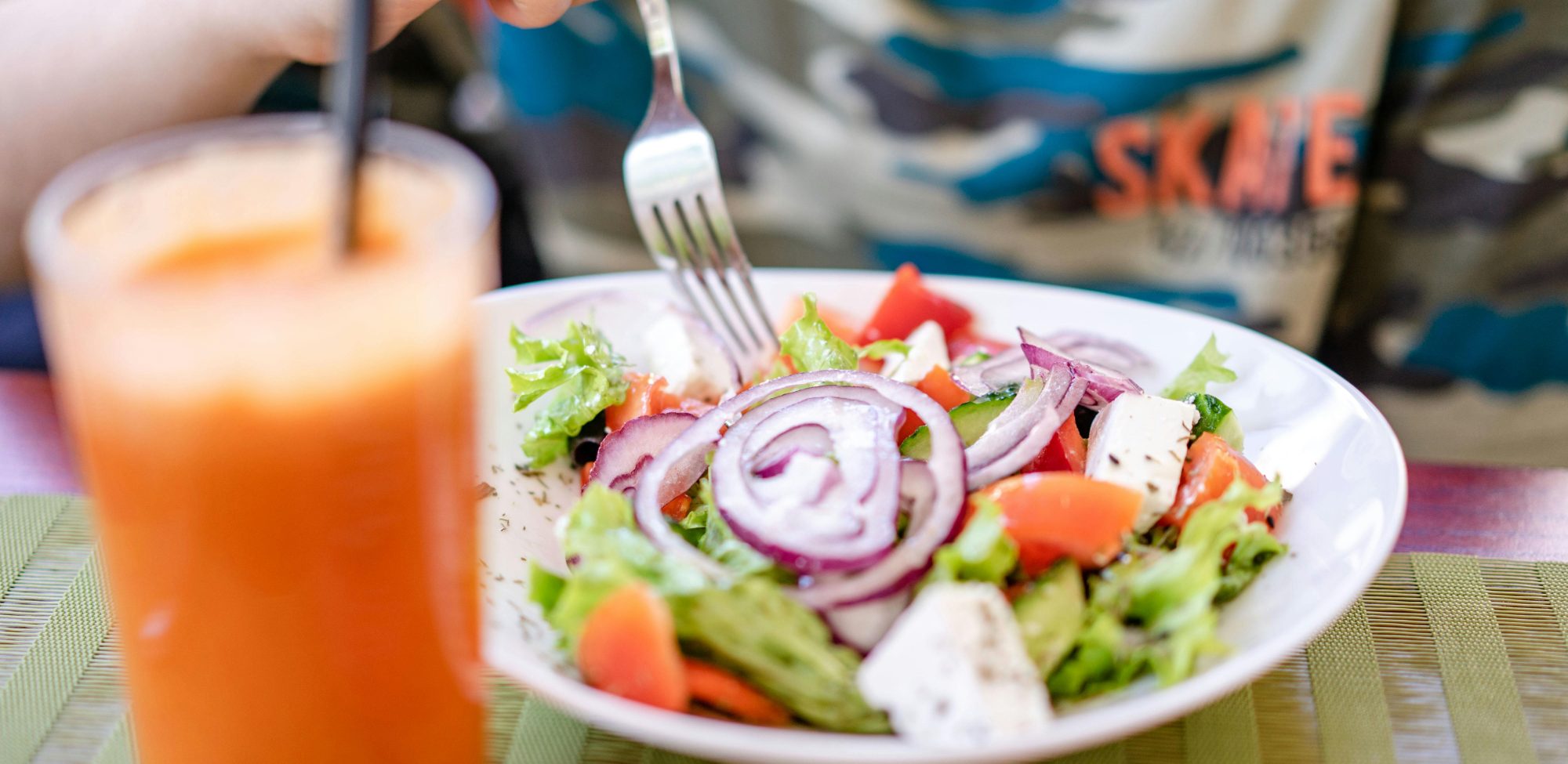
Balance Diet Nutrients: The Ultimate Beginner’s Blueprint to Daily Energy and Positive Momentum.
If you wake up foggy, crash after lunch, and feel like your motivation evaporates by late afternoon, you’re not alone. The hidden culprit isn’t laziness; it’s confusion about what to eat, when to eat, and how to combine foods so your fuel is steady. This story-first guide shows how Balance Diet Nutrients can transform scattered meals into reliable energy, even on chaotic days. You’ll see the everyday problems people face, the science in plain language, and a repeatable system you can start this week—no extremes, no guilt.
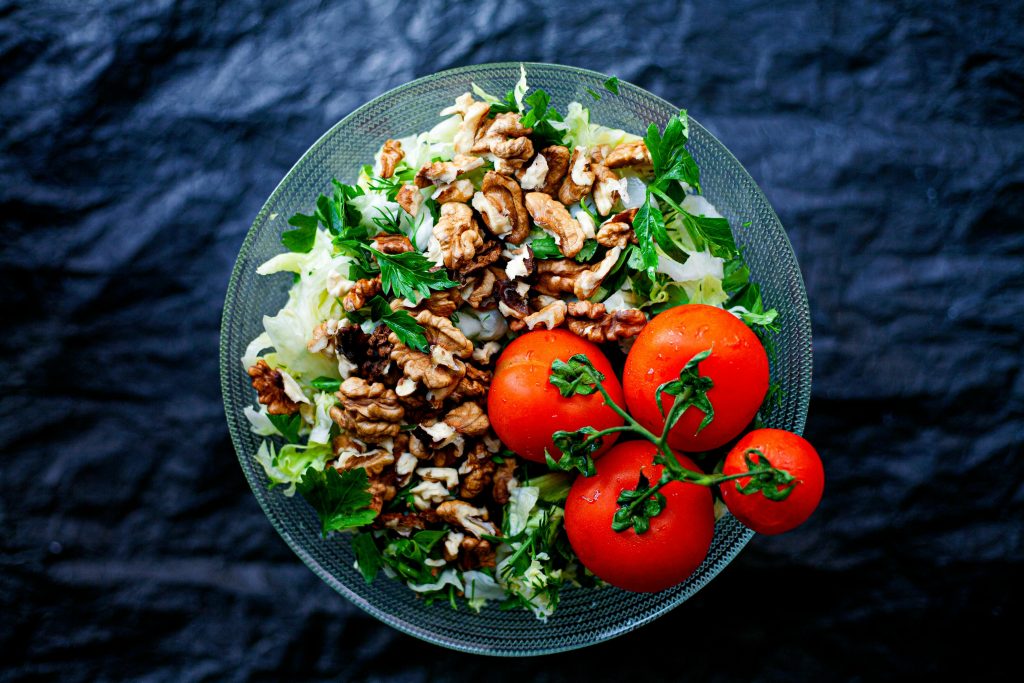
Why “Balance Diet Nutrients” solve a problem most people ignore
Most of us try to fix fatigue with more coffee, more snacks, or a complicated challenge that burns out in ten days. The result is a roller coaster: morning jitters, a noon slump, and late-night cravings. Balance Diet Nutrients is a simple phrase, but it captures a powerful idea: build each plate around protein, complex carbohydrates, fiber, healthy fats, and key micronutrients, then time those plates to match your life. When you think in terms of Balance Diet Nutrients, you remove friction and make calm, steady energy the default.
The cost of guessing
Without Balance Diet Nutrients, it’s easy to drift toward ultra-processed foods that are fast, hyper-palatable, and light on fiber and minerals. These choices spike blood sugar and mood, then drop you hard. Reframing meals through Balance Diet Nutrients nudges you toward foods that digest gradually, hydrate you, and support focus—so you create more than you consume.
The beginner’s blueprint at a glance
Here is the high-level playbook. First, define Balance Diet Nutrients as a mix of macros and micros: quality protein, complex carbs, fiber, healthy fats, plus vitamins and minerals such as iron, magnesium, potassium, iodine, and the B-vitamins. Second, apply timing: eat before caffeine fully kicks in, add a mid-morning bridge snack, and follow training with protein plus carbs. Third, keep batch-cooked staples ready so Balance Diet Nutrients are always within reach. Finally, track what you eat and how you feel for a week; patterns will teach you more than any headline.
Portion visuals (the hand method)
Use your hand to estimate portions when measuring isn’t realistic. Aim for one palm of protein, one to two cupped hands of complex carbs, a thumb or two of healthy fats, and half a plate of colorful plants. Repeat this framework and Balance Diet Nutrients become automatic even when life is chaotic.
Macros that power your day
Protein anchors satiety, muscle repair, and blood-sugar stability. Pair protein with complex carbs such as oats, potatoes, rice, beans, and whole-grain bread so Balance Diet Nutrients provide steady fuel. Add healthy fats—olive oil, nuts, seeds, avocado—for hormones and focus. When macros work together inside Balance Diet Nutrients, you feel calmer, think clearer, and train better.
Complex carbs and fiber—your steady flame
Think of complex carbs and fiber as slow-burn logs for your internal fire. Oats, lentils, chickpeas, quinoa, whole-wheat pasta, and root vegetables are staples of Balance Diet Nutrients. Fiber slows digestion, feeds your gut microbes, and smooths the glucose curve so you don’t spike and crash. Aiming for 25–35 grams per day keeps Balance Diet Nutrients doing their quiet work in the background.
Protein made practical
Eggs, Greek yogurt, cottage cheese, chicken, fish, tofu, tempeh, beans, and lentil-quinoa combos are everyday protein sources inside Balance Diet Nutrients. Include a palm at breakfast, lunch, and dinner. If mornings are hectic, a smoothie with yogurt or soy milk, oats, flax, and frozen berries is a portable expression of Balance Diet Nutrients that beats pastry-and-coffee every time.
Healthy fats without the confusion
Olive oil, walnuts, almonds, chia, flax, and avocado provide essential fatty acids and help absorb fat-soluble vitamins. Treat fats as part of Balance Diet Nutrients, not a “cheat.” A thumb or two per meal is usually enough for most adults, with more on training days if overall calories allow.
Micronutrients—the missing link in many plates
You can hit your macros and still feel drained if you miss key vitamins and minerals. That’s why Balance Diet Nutrients always include micros: iron to carry oxygen, B-vitamins to help convert food to ATP, magnesium and potassium for nerves and muscles, iodine for thyroid function, and vitamin D for overall health. Rather than chasing pills first, start with food: leafy greens, beans, eggs, dairy or fortified alternatives, nuts and seeds, oily fish, mushrooms, and potatoes with skin are classic building blocks.
Iron and B-vitamins
Iron shows up in lentils, beans, beef, sardines, tofu, and spinach. Pair plant iron with vitamin C from citrus or peppers to improve absorption—a small but meaningful Balance Diet Nutrients trick. B-vitamins live in whole grains, eggs, legumes, and leafy greens; if you avoid animal foods, include B-12-fortified items so Balance Diet Nutrients stay complete.
Magnesium, potassium, and electrolytes
Leg cramps, brain fog, and afternoon fatigue often relate to minerals and hydration. Potatoes, bananas, beans, yogurt, and mineral water are easy ways to keep Balance Diet Nutrients mineral-rich. On hot days or hard training days, add a pinch of salt to homemade soup or sip an electrolyte drink without excess sugar so Balance Diet Nutrients can do their job.
Timing turns good plates into great days
What you eat matters; when you eat does too. Start the day with Balance Diet Nutrients before fully caffeinating. Use a mid-morning snack to bridge long stretches. Time pre-workout carbs so you step into training with fuel, then follow workouts with protein and carbs to recover. When you align timing with Balance Diet Nutrients, your afternoons stop feeling like quicksand.
Breakfast that turns the lights on
Swap the pastry-plus-coffee spike for a bowl that embodies Balance Diet Nutrients: overnight oats with chia, Greek yogurt, berries, and a spoon of nut butter; or eggs with sautéed greens, whole-grain toast, and avocado. The combination of protein, fiber, and complex carbs steadies your mood through the morning’s first wave of decisions.
The 11 a.m. bridge
A small snack keeps lunch reasonable and your brain online. Apple with almonds, hummus with carrots, or yogurt with oats are quick Balance Diet Nutrients options that prevent the 3 p.m. crash.
Pre- and post-workout
Sixty to ninety minutes before training, choose easy-to-digest Balance Diet Nutrients: banana with yogurt, toast with peanut butter, or rice with eggs. Afterward, pair protein with carbs—salmon with quinoa, tofu stir-fry with rice, or a bean-and-corn bowl. This timing locks in the training stimulus and keeps your energy consistent under the Balance Diet Nutrients umbrella.
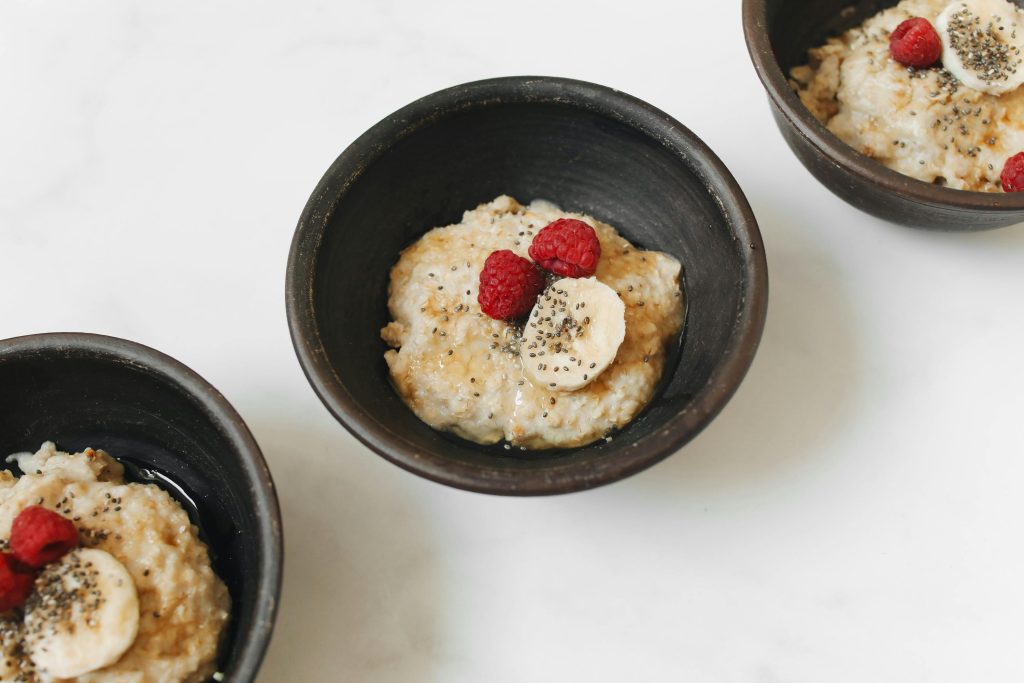
Consistency beats perfection. Use this template to practice Balance Diet Nutrients without reinventing the wheel.
Day 1
Breakfast: Overnight oats with chia, berries, and yogurt.
Lunch: Lentil-quinoa salad with cucumbers, olive oil, and lemon.
Snack: Apple + almonds.
Dinner: Sheet-pan chicken or tofu, sweet potatoes, and broccoli with tahini.
This is Balance Diet Nutrients in a bowl, in a box, and on a tray.
Day 2
Breakfast: Scrambled eggs, sautéed spinach, whole-grain toast, avocado.
Lunch: Chickpea-tuna mash on rye or a chickpea-only version.
Snack: Yogurt with oats and cinnamon.
Dinner: Salmon or tempeh with brown rice and green beans.
Repeatable meals keep Balance Diet Nutrients friction-free.
Day 3
Breakfast: Smoothie—banana, kefir or soy milk, oats, flax, frozen berries.
Lunch: Leftover salmon/tempeh bowl over quinoa and greens.
Snack: Hummus + carrots and peppers.
Dinner: Whole-wheat pasta with tomato-lentil sauce and olive oil.
Family-friendly Balance Diet Nutrients make adherence easier.
Day 4
Breakfast: Greek yogurt parfait with berries and walnuts.
Lunch: Burrito bowl with beans, brown rice, salsa, cabbage, and avocado.
Snack: Pear + pumpkin seeds.
Dinner: Stir-fry tofu or chicken with vegetables and soba noodles.
These plates deliver Balance Diet Nutrients without culinary school.
Day 5
Breakfast: Oat-banana pancakes topped with yogurt.
Lunch: Sardines or white beans on toast with arugula and lemon.
Snack: Cottage cheese with pineapple.
Dinner: Baked potatoes with bean chili and peppers.
Potatoes are classic Balance Diet Nutrients carriers with potassium and fiber.
Day 6
Breakfast: Savory oats with eggs and spinach.
Lunch: Farro salad with roasted vegetables and feta (optional).
Snack: Trail mix of nuts, seeds, and a few dark chocolate chips.
Dinner: Rice noodle soup with tofu, mushrooms, and bok choy.
Broth-based meals hydrate while maintaining Balance Diet Nutrients momentum.
Day 7
Breakfast: Whole-grain waffles with yogurt and berries.
Lunch: Leftover soup with a side salad and olives.
Snack: Banana + peanut butter.
Dinner: Fish or tofu tacos with cabbage slaw and corn tortillas.
Colorful plates keep Balance Diet Nutrients satisfying and fun.
Shopping smarter with labels—no degree required
The front of boxes shout; the ingredient list whispers the truth. Scan the first five ingredients. If it’s mostly refined flour, sugar, and oils, it’s not aligned with Balance Diet Nutrients. Favor short, recognizable lists: intact grains, legumes, nuts, seeds, simple dairy or fortified alternatives, and frozen produce. For yogurt, choose plain and add fruit yourself. For bread, look for “100% whole grain.” Aligned shopping turns Balance Diet Nutrients from intention into habit.
Budget moves and cultural swaps
You don’t need exotic items to practice Balance Diet Nutrients. Build plates from familiar staples: ful medames with tomatoes and olive oil, rice with lentils and caramelized onions, whole-grain flatbread with egg and herbs, couscous with chickpeas and roasted vegetables. Consistency—not novelty—drives results with Balance Diet Nutrients.
Troubleshooting common hurdles
Neck-deep in meetings? Keep desk-friendly Balance Diet Nutrients: nuts, seeds, fruit, yogurt cups, and canned beans or tuna packs.
Hate cooking? Batch once: a pot of beans, a tray of roasted veggies, a jar of lemon-olive-oil dressing. Then assemble bowls in minutes built on Balance Diet Nutrients.
Crave sweets at night? Add fiber and protein to your dinner Balance Diet Nutrients; a small fruit-and-yogurt bowl can satisfy without a crash.
Training hard? Scale portions up and add sodium on sweaty days; Balance Diet Nutrients flex with your workload.
Case study: from crash-and-burn to calm energy
Maya, a product manager and new parent, lived in a constant fog—four coffees before noon, skipped breakfast, and a vending-machine lunch. We rebuilt her routine using Balance Diet Nutrients. Week one stabilized mornings with protein-forward bowls, added a mid-morning fruit-and-nuts snack, and moved coffee to after breakfast. Week two introduced batch-cooked beans, roasted potatoes, and a jar of lemon-olive-oil dressing to assemble dinners in minutes. The only rule was to never start a big task hungry. After three weeks, she reported fewer afternoon crashes, better focus during meetings, and enough evening energy to play with her toddler. No extremes—just the steady confidence that Balance Diet Nutrients create.
Meal-prep mistakes to avoid
Don’t prep bland food you’ll resent. Season boldly, vary textures, and rotate sauces—tahini, salsa verde, yogurt-garlic, chili oil. Another pitfall is under-salting when you train hard; add electrolytes appropriately so Balance Diet Nutrients keep working. Finally, avoid the all-or-nothing trap. If dinner goes off-plan, reset at the next meal. Progress with Balance Diet Nutrients is cumulative.
Myths vs. facts
Myth: Carbs are the enemy of energy.
Fact: Random carbs are the problem. Structured carbs within Balance Diet Nutrient deliver steady fuel.
Myth: Coffee can replace breakfast.
Fact: It can’t. Caffeine sits best on top of Balance Diet Nutrients, not instead of them.
Myth: “Superfoods” must be pricey.
Fact: Oats, lentils, potatoes, bananas, and eggs are budget-friendly pillars of Balance Diet Nutrients.
Safety and personalization
This guide is educational, not medical. If you’re pregnant, managing a condition, or taking medications, consult a qualified professional before changing your diet. Track how you feel; if certain foods don’t sit well, adapt. Balance Diet Nutrients is a framework to personalize, not a rigid rulebook.
A printable checklist to keep you honest
- Protein at breakfast—non-negotiable.
- Mid-morning bridge snack on long days.
- Half your plate plants at lunch and dinner.
- Water or mineral water within reach.
- One pot of beans or lentils cooked every Sunday.
- Two lines in a notebook: what you ate and how you felt.
Tape this list to your fridge and Balance Diet Nutrient will become second nature.
Innovation spotlight: a kitchen tool that makes Balance Diet Nutrients effortless
One way to make smoothies, soups, and sauces that align with Balance Diet Nutrients is to use a high-power blender. A reliable option many home cooks choose is the Ninja BN701 Professional Plus Blender with Auto-iQ (72-ounce pitcher, 1400-peak-watt motor, preset programs). It blends frozen fruit and fibrous greens into silky textures that make Balance Diet Nutrients easier to enjoy, especially at breakfast and post-workout. Features like a large pitcher and dishwasher-safe parts mean batch-prepping stays easy (manufacturer highlights: 1400 peak watts, 72-oz pitcher, Auto-iQ presets). Ninja Kitchen
A product pick to promote (Amazon-ready)
Recommended tool: Ninja BN701 Professional Plus Blender with Auto-iQ.
Why it fits Balance Diet Nutrients: Quick smoothies with oats, yogurt, and berries; blended soups with beans and vegetables; easy sauces like tahini-lemon or yogurt-garlic to upgrade bowls.
Key highlights: 1400 peak watts; 72-oz Total Crushing pitcher; preset programs that remove guesswork; designed for large batches; easy to clean. (Amazon listing and product summary corroborate these features.) amazon
Where to link: Insert your Amazon affiliate link for the Ninja BN701 Professional Plus Blender here.
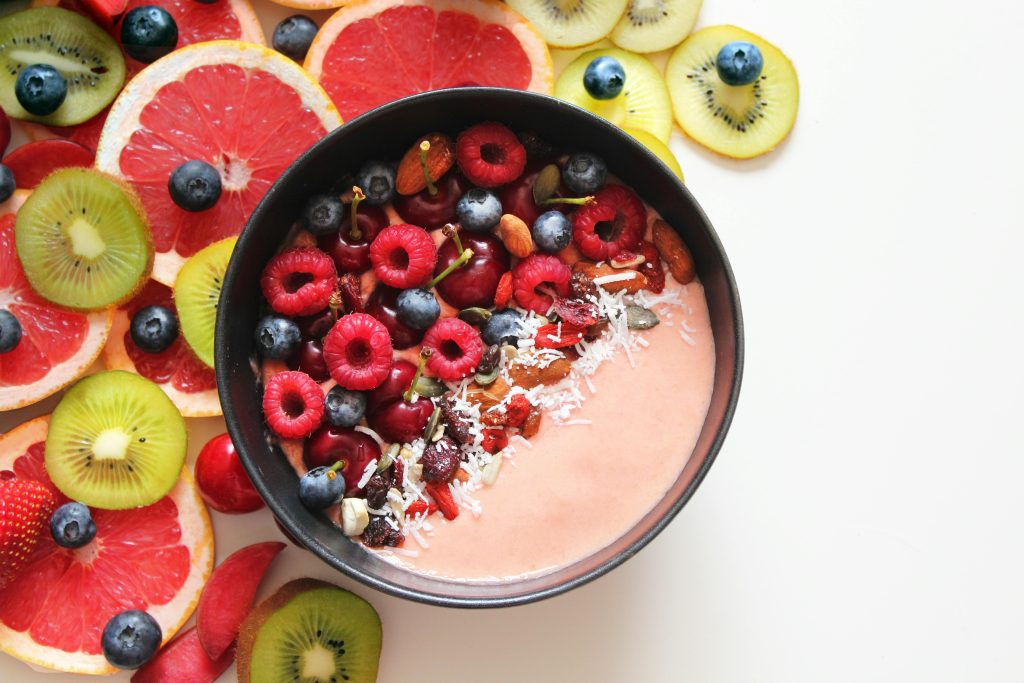
Sustainability, culture, and joy—why enjoyment matters
The most overlooked driver of long-term adherence is pleasure. Food that tastes good is food you will return to on a Wednesday when you are tired. Build plates that honor your culture and make room for the dishes that carry memories: a family stew, a market flatbread, grilled fish with herbs. Keep prep light—one-pan trays, pressure cookers, and frozen vegetables save weeknights. Set the table, even if it is just a napkin beside your laptop. The ritual signals your brain that this moment matters; ritual is part of Balance Diet Nutrient too.
The quiet ending (and a 7-day challenge)
You don’t need willpower theatrics. You need small steps, repeated. Practice Balance Diet Nutrients for seven days: protein at breakfast, a bridge snack before lunch, colorful plants at dinner, and water within reach. Batch-cook once; assemble often. If you do that, you’ll feel steadier, focused, and genuinely energized—like the person you hoped you’d be when you first searched for Balance Diet Nutrients.
Small steps, repeated, create big change. You’ve got this—start today.
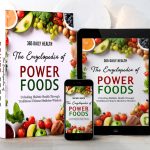
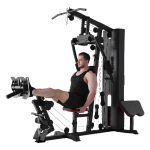
One thought on “Balance Diet Nutrients: The Ultimate Beginner’s Blueprint to Daily Energy and Positive Momentum”
Comments are closed.